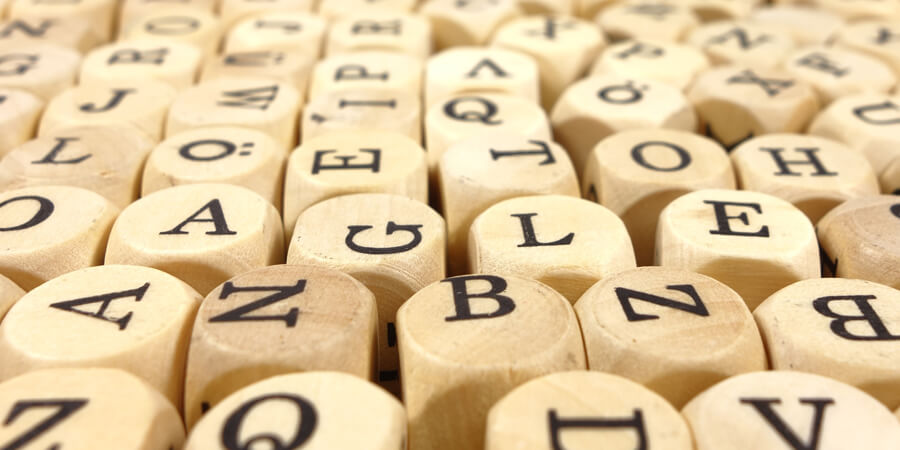
Course information
English (T) is a study of literature, media and language in which students critically and creatively engage with a variety of texts in all language modes. English extends students’ language, literature and literacy skills for a range of purposes and audiences and builds on the knowledge and skills developed in the Foundation to Year 10 curriculum. Students engage in a detailed study of increasingly complex texts and language. They learn how to analyse different interpretations of texts and how to use language modes to achieve specific effects.
Post-school pathways
Do you enjoy or are you good at English? (pdf, 110kb)
Workload expectation
Three hours outside of class per week to complete homework and assignments.
Course pattern
Available as a Minor or Major. Major-Minor or Double Major if combined with Literature T.
Suggested Minor course
Semester | Unit |
|---|---|
1 | Unit 1: Communication of Meaning |
2 | Unit 2: Representations Through Texts |
Suggested Major course
Semester | Unit |
|---|---|
1 | Unit 1: Communication of Meaning |
2 | Unit 2: Representations Through Texts |
3 | Unit 3: Comparison of Texts |
4 | Unit 4: Perspectives |
Suggested Major-Minor course
Semester | Unit |
|---|---|
1 | Literature Unit 1: Ways of Reading and Creating |
2 | Literature Unit 2: Intertextuality |
Suggested Double Major course
Semester | Unit |
|---|---|
3 | Literature Unit 3: Power of Literature |
4 | Literature Unit 4: Literary Interpretations |
Unit descriptions
Unit 1: Communication of Meaning
Unit 1 is the introductory unit for studying English at a tertiary level. Students explore how meaning is communicated through the relationships between language, text, purpose, context and audience. Through responding to and creating texts, students consider how language, structure and conventions operate in a variety of imaginative, interpretive and persuasive texts. Study in this unit focuses on the similarities and differences between texts and how visual elements combine with spoken and written elements to create meaning. Students develop an understanding of stylistic features and apply skills of analysis and creativity.
Unit 2: Representations Through Texts
In Unit 2, students analyse the representation of ideas, attitudes and voices in texts to consider how texts represent the world and human experience. By responding to and creating texts in different modes and mediums, students consider the interplay of imaginative, interpretive and persuasive elements in a range of texts and present their own analyses. Students examine the effect of stylistic choices and the ways in which these choices position audiences for particular purposes, revealing attitudes, values and perspectives.
Unit 3: Comparison of Texts
In Unit 3, students explore representations of themes, ideas and concepts through a comparison of texts. They analyse and compare the relationships between language, genre and context, comparing texts within and/or across different genres and modes. Students recognise and analyse the conventions of genre in literary and non-literary texts and consider how those conventions may assist interpretation and how they may be challenged. Students compare and evaluate the effect of different mediums on the structure of texts and how audiences respond to them. Understanding of these concepts is demonstrated through the creation of imaginative, interpretive and analytical responses.
Unit 4: Perspectives
In Unit 4, students examine different interpretations and perspectives to develop further their knowledge and analysis of purpose and style. Through close study of individual texts, students explore relationships between content and structure, voice and perspective and the text and its context. This provides the opportunity for students to extend their experience of language and of texts and explore their ideas through their own reading and viewing. Students demonstrate understanding of the texts studied through creation of imaginative, interpretive and analytical responses.
